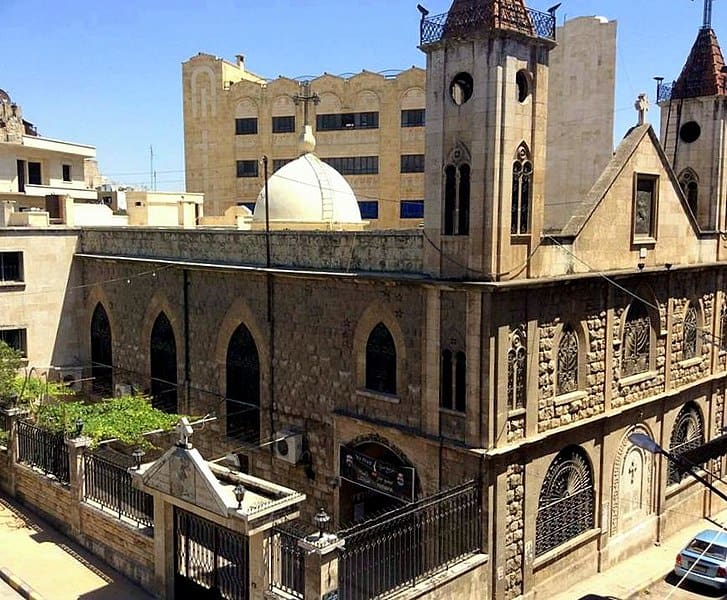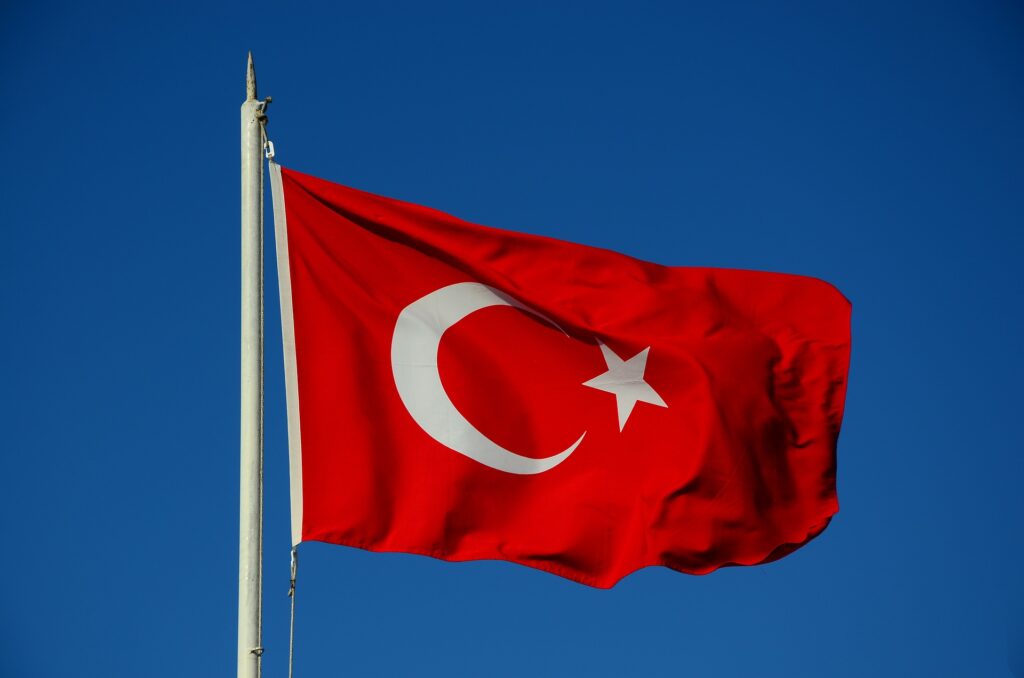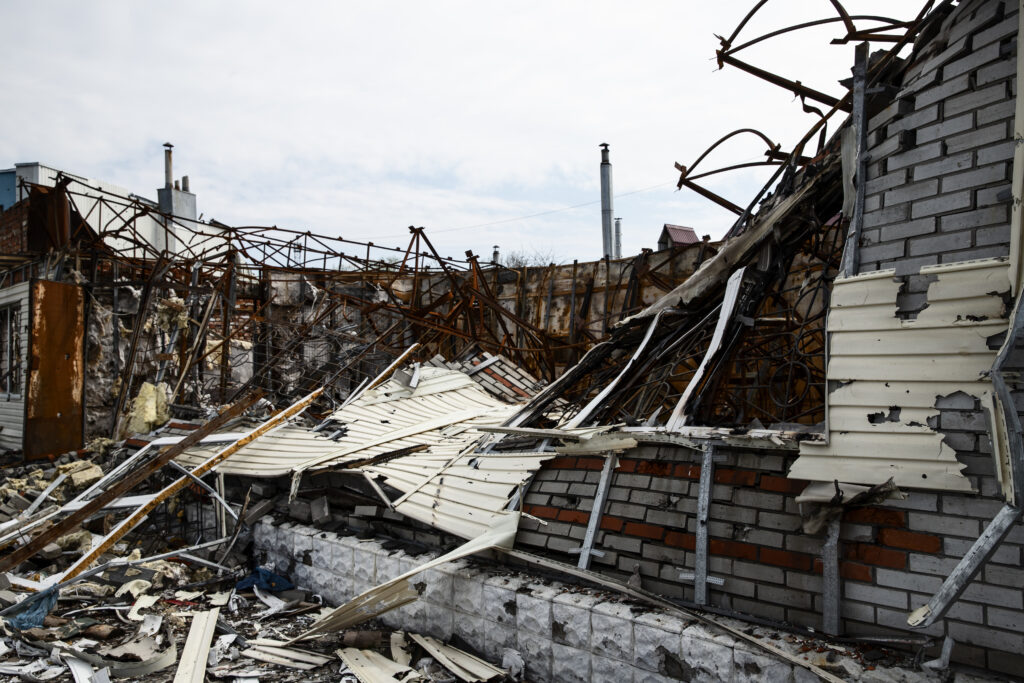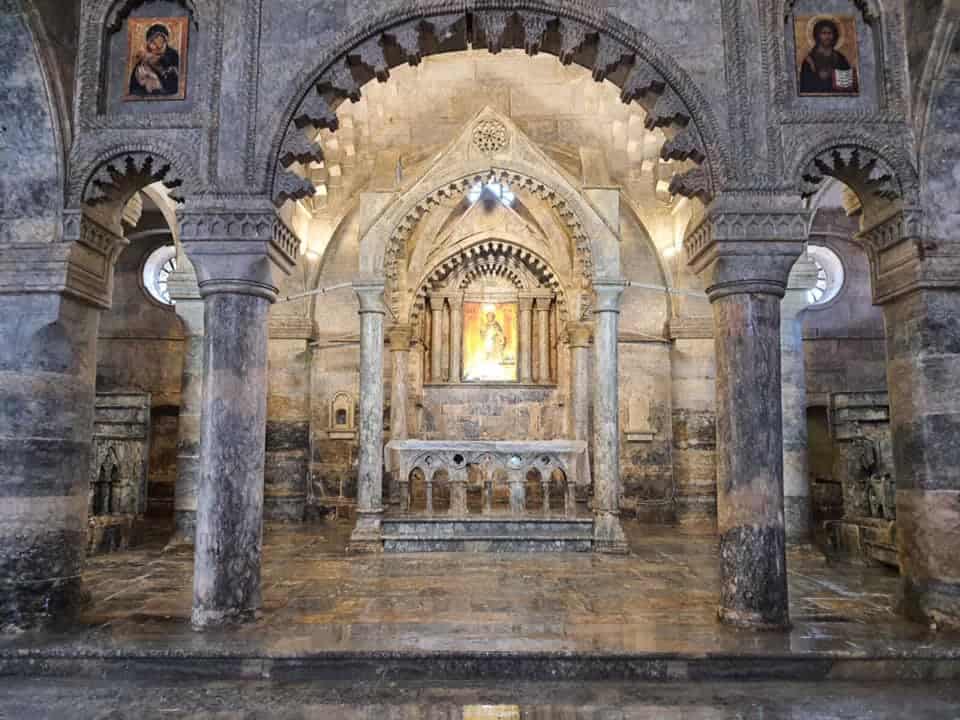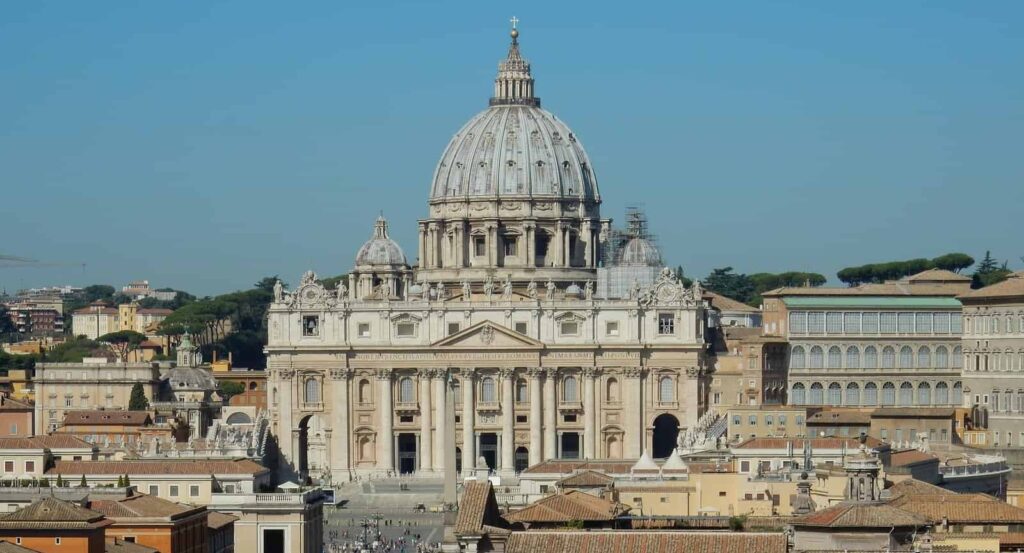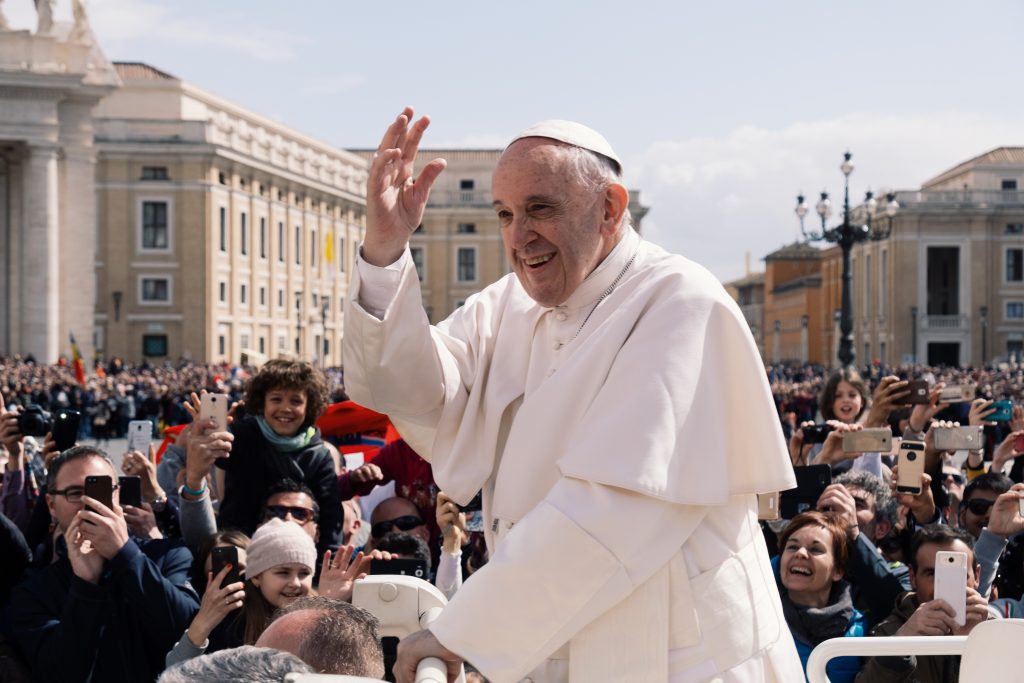Terry Mattingly of Religion Unplugged writes about the ongoing mystery of two Syrian bishops kidnapped in 2013. Bishops Yazigi and Yohanna Ibrahim were members of the Syriac Orthodox Church, an institution tracing its history back to the sixth century.
Adding to the mystery is the location. While the bishops’ home city of Aleppo, Syria was in the grip of a major battle at the time, both were likely kidnapped in nearby Turkey. There was no ransom demand.
Mattingly continues:
The bishops of Aleppo, Syria — Metropolitan Yazigi and Metropolitan Yohanna Ibrahim of the Syriac Orthodox Church — disappeared 10 years ago while seeking the release of two kidnapped priests. Their car was surrounded by a pack of armed men as they maneuvered through risky checkpoints west of Aleppo. Their driver died in the gunfire, but a survivor later testified that the kidnappers were not speaking Arabic and appeared to be from Chechnya.
There were no ransom demands from the terrorists. The shepherds of Aleppo simply vanished, inspiring few headlines outside the Middle East.
The 10-year anniversary passed quietly this spring, after years of special prayers during Orthodox worship services around the world.
“I don’t think anyone can assume, at this point, that they are still living. But there is a sense that we don’t know enough about what happened to have a sense of closure,” said Father Thomas Zain, dean of St. Nicholas Antiochian Orthodox Cathedral in Brooklyn, New York.
“It’s likely that they were kidnapped in Turkish territory, which added another level of complexity to the political situation,” said Zain. Many have concluded that the gunmen “didn’t know who they had kidnapped. When they realized what kind of mistake they had made, they may have killed them immediately and moved on.”
Armies from East and West have long fought to control this ancient crossroads defined by strategic waterways and trade routes linking three continents. In addition to Judaism, Christianity and Islam, the region contains a stunningly complex array of intertwined sects and other religious movements.
“One thing leads to another, which seems to lead to another, and then it’s one horror after another through the centuries,” said Namee. “It’s simply part of the history of Christian life in the Holy Land. … This is both tragic and inspiring. But the faith lives on, because the people keep believing.”

